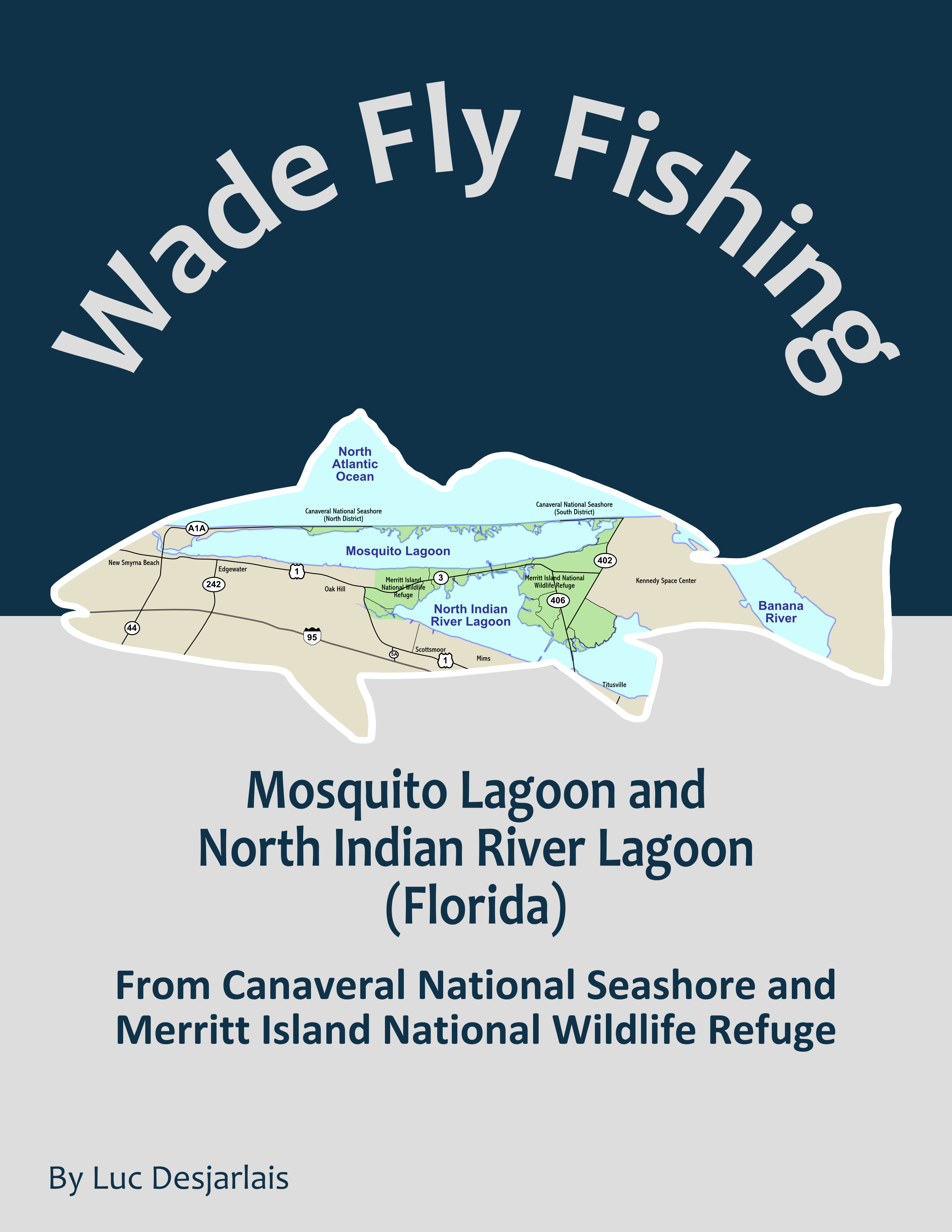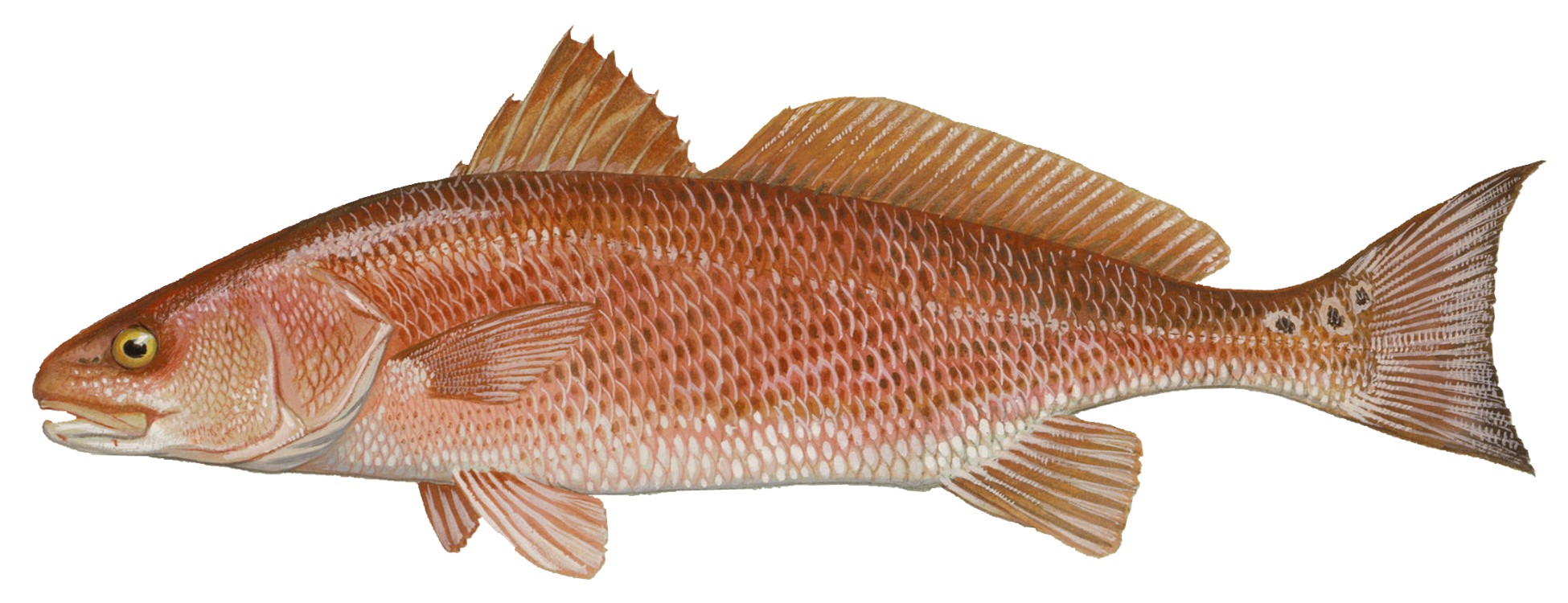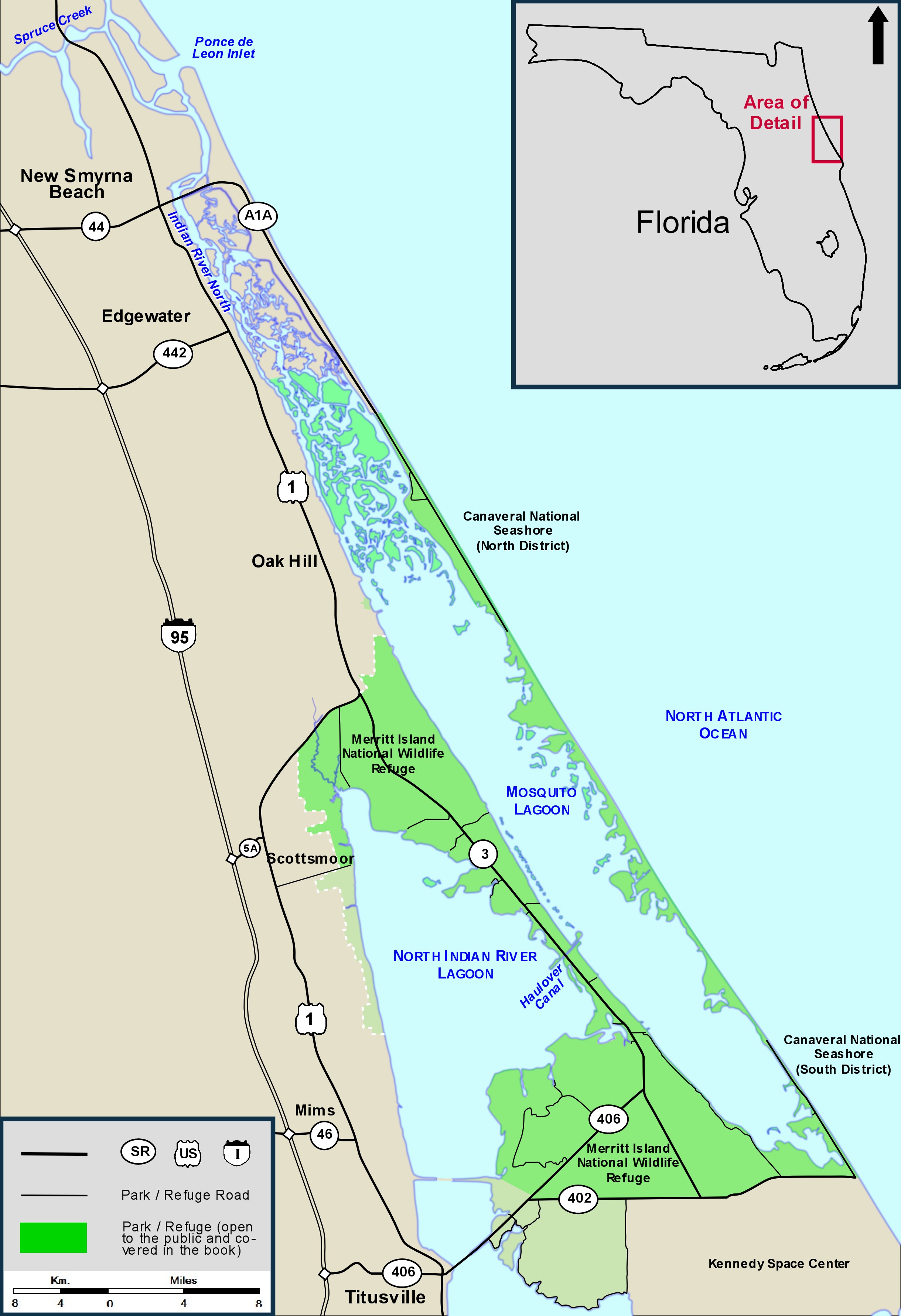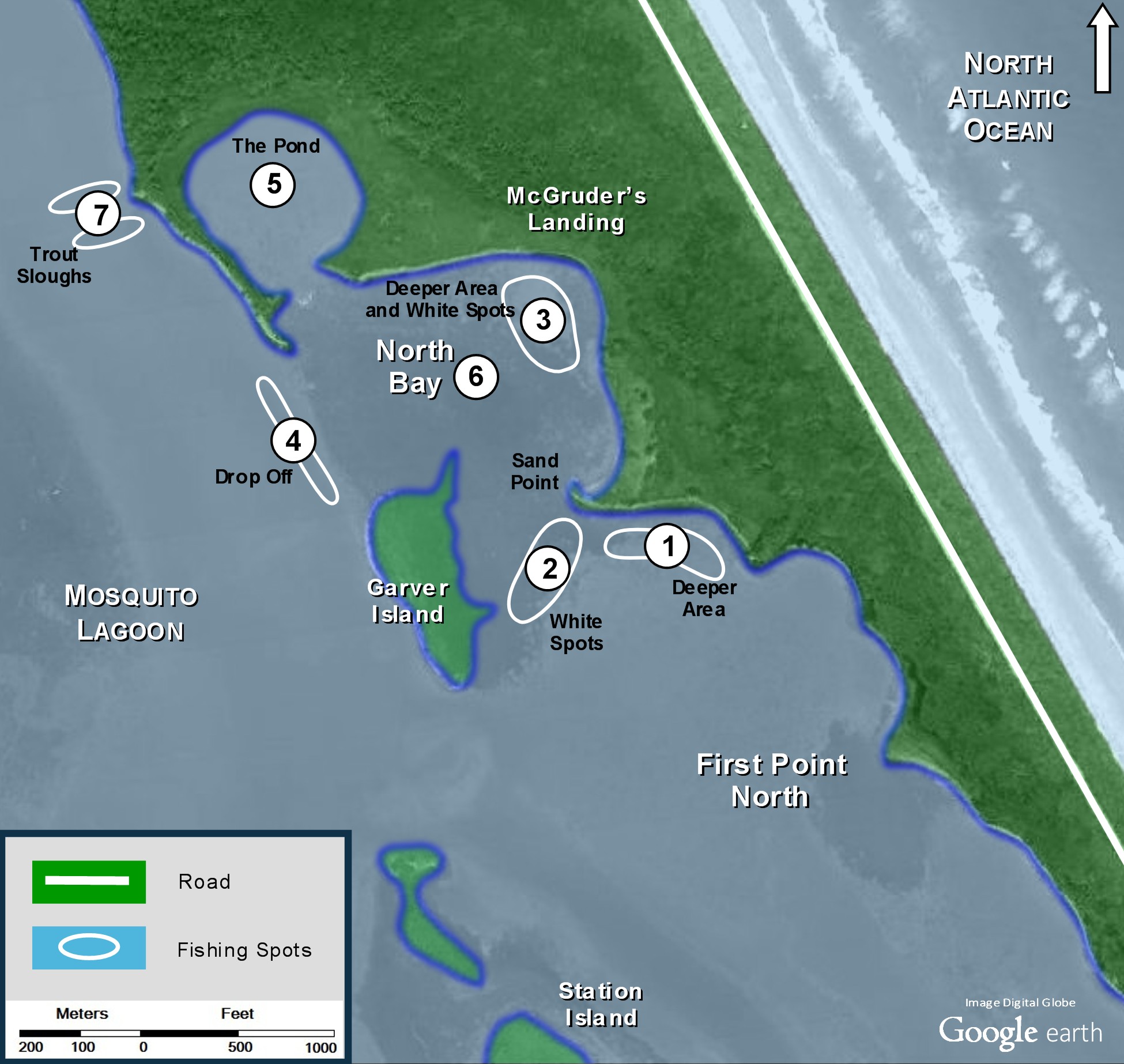-
206 pages, incluant index.
Disponible à Amazon.com
en livre imprimé pleine grandeur et en couleur,
et en livre numérique Kindle ebook à un prix modique.

-
WADE FLY FISHING
MOSQUITO LAGOON AND NORTH INDIAN RIVER LAGOON
(FLORIDA)(Ce livre est disponible en anglais seulement.)
This book is about wade fly fishing Mosquito Lagoon and North Indian River Lagoon in East Central Florida, on foot, from Merritt Island National Wildlife Refuge and Canaveral National Seashore.
Wade – Yes, we will actually be wading—as opposed to fishing from a boat—and you will see that it is not as hard as it looks. Of course you can use this book as a guide and fish from a boat, sometimes, in some places. It is not the same experience and at times and in some places the boat is just not the right tool. At other times and in other places a boat will do just fine, the smaller, lighter, and shallower the better.
Fly-Fishing – The hard way, as some say. Others argue that it is the only way. In any case, it is my way and the ways of this book. Again, you can use this book as a guide and use light spin-casting gear, sometimes, in some places. I have been outfished regularly by good spin-casters.
On Foot – This is central to this book and is what takes it apart in the fishing literature of East Central Florida: this book focuses on foot access exclusively. Again, you may use this book as a guide to reach the fishing areas with a boat. However, you will find that some areas are not easily reached with a boat. On the other hand, a carry-on vessel will easily take you everywhere I am taking you on foot and beyond.
Mosquito Lagoon and North Indian River Lagoon – As all guide books this one focuses on a specific geographical area, and these two lagoons will be our playground. Situated in East Central Florida these two lagoons are a world-class territory for redfish sight fishing. The distance from the northernmost fishing area (Turtle Mound in Mosquito Lagoon) to the southernmost fishing area (Black Point Creek in North Indian River Lagoon) is twenty miles. The territory is big enough to provide some diversity and at the same time small enough for the regular angler to gain a meaningful knowledge of it.
Canaveral National Seashore and Merritt Island National Wildlife Refuge – Part of the security buffer zone of the National Aeronautics and Space Agency (NASA), the Park/Refuge covers most of the two lagoons and provides public and regulated accesses to them on foot. This is an important feature and has dictated the focus of this book on Park/Refuge land. Contrary to boat access from the open water—public by default—foot access involves parking and walking on land. Aside from a few public boat ramps there are very few practical accesses to the lagoons other than from the areas of the Park/Refuge open to the public. In addition, here nature is relatively untouched by human development and is keenly preserved. It does not get any better.
You are in the World’s Redfish Capital, as claimed by the locals. Although the fish are abundant in the two lagoons, it is like any other fishery: the fish are generally concentrated in a few spots and you must know your way around them. My purpose is to get you up to speed quickly. In this book I will give you my accumulation of several years of winter-time experience in pursuing Red Drum, Spotted Seatrout, Black Drum, Snook, and Tarpon by wading the two lagoons with a fly rod. A disproportionately large section of this book focuses on the access to Mosquito Lagoon from Parking Lot 5 of Canaveral National Seashore off New Smyrna Beach. This is where I began to wade fly-fish the lagoons several years ago. Although I have since explored thoroughly the much larger territory covered in this book the section of Mosquito Lagoon accessible from Parking Lot 5 of Canaveral National Seashore remains the best for wading.



